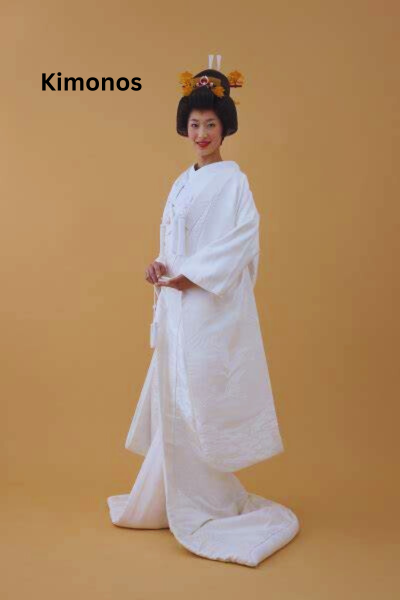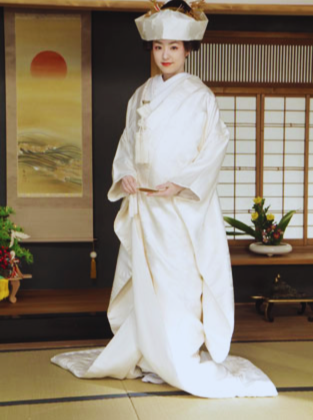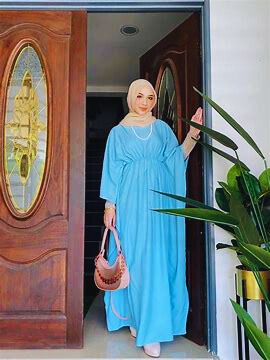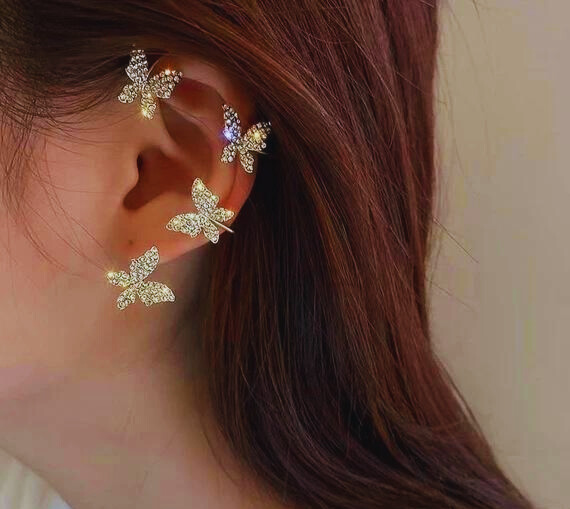Since they have been worn for generations, kimonos—traditional Japanese clothing—have come to represent Japan’s rich cultural heritage.
Kimono, which have been around since the eighth century, have changed significantly over the years. They have changed from being the formal clothing worn by the affluent to being worn by regular people. This comprehensive introduction will explore the origins, development, and current varieties and styles of kimonos.
We’ll examine the fabrics, patterns, and designs that distinguish kimonos from their more modern counterparts, as well as the handcrafted silk versions that are traditional.
This essay has something to offer everyone, regardless of your interest in fashion, history, or just learning more about this classic garment.
Which Japanese kimono have what history?
Despite being distinctly Japanese, the kimono is believed to have Chinese origins. The kimono originated as an undergarment and gained popularity in Japan in the Muromachi period (1392–1573) when it was worn without the customary Japanese trousers known as hakama and coupled with an obi sash.
The kimono did not fully come into its own as we know it today until the Edo era (1603–1867), when an ever-expanding range of colors, fabrics, and styles were available. Both the width of the obi and the length of the kimono sleeves increased.
The Craftsmanship Into Making Kimonos:
Japanese artisans have traditionally passed down their craft of producing kimonos down the centuries. Today’s kimonos don’t always need to be made with the same exacting attention to detail as they were in the past.
Making of kimono:
Nonetheless, creating a kimono always requires a number of processes as well as a variety of tools and supplies.
Create:
The process of designing a kimono begins with the kimono maker creating a pattern or design for the garment. This can include classic, contemporary, or distinctive patterns like cherry blossoms.
Manufacturing:
After the pattern is finished, the kimono maker cuts and sews the fabric. Silk cloth is used most frequently for kimono manufacturing since it is thought to be the most exquisite and opulent material. On the other hand, kimonos can also be made from various materials like cotton, rayon, and synthetic fibers.
Using dyes:
The kimono maker starts dyeing the fabric after it has been cut and sewed. The kimono maker may stain the fabric several times using natural dyes like madder and indigo to produce a variety of hues and hues.
Putting together:
The kimono maker starts putting the kimono together after the fabric has been dyed. After the lining, collar, and sleeves are attached, the kimono is pressed and steam-finished to give it a glossy and smooth appearance.
Accentuation & Closing Details:
Lastly, the kimono maker will finish the item by adding any last embellishments, such beading or embroidery. Since the process is much more intricate in real life, creating kimonos is a very difficult and time-consuming craft that calls for a thorough knowledge of traditional methods, supplies, and designs.
Future generations will continue to inherit this historic craft from the kimono manufacturers who bravely carry it on.
Customized Japanese kimonos:

he word “traditional Japanese clothing” instantly conjures up images of kimonos. Wonderful colors, exquisite designs, and premium materials bring accolades to this classic item of apparel from all over the world. While kimonos are generally similar in shape, variations in the fabrics, patterns, and colors might indicate a person’s position or personality. Additionally, the knot in the obi can be used to identify a person. It wouldn’t be an exaggeration to refer to traditional kimono-making methods, such Kyoto’s Nishi-jin ori and Ishikawa’s Kaga Yuzen, as works of art since they have been passed down through the generations. Good kimonos like this were not always so accessible to the general public, nor are they as easy to obtain now.
When are Japanese kimono worn, and what types are there?
・Furisode: Younger, single women and girls wear this kind of Japanese kimono. It can be identified by its long sleeves, which are frequently colored brightly. The traditional kimono worn on Japan’s Coming of Age Day, or “Seijin no Hi,” is the furisode.
A married woman would wear a tomesode, a formal kimono. It might be adorned with elaborate crests and patterns, but these are usually placed below the waist. Traditionally, mothers attend their child’s wedding dressed in black tomesode. Additionally, there are colored tomesode, which are occasionally worn by unmarried ladies.
Houmongi, which means “visiting kimono,” in literal terms A kimono that can be worn by people of any age or marital status is called a houmongi. The designs that cross the shoulders and the bottom of this kimono help you recognize it. You could wear this kind of kimono to a tea ceremony or wedding.
・Yukata – At Japanese summer festivals, these are the most commonly worn kimonos. Made of lightweight cotton, yukata are appropriate for both genders. Men’s yukata, on the other hand, are usually less flamboyant and colorful than women’s.
Komon is an additional style of informal Japanese kimono. A komon is typically embellished with recurring patterns. The komon is the ideal casual daytime outfit because it was the standard daily item in the era before Western attire dominated the typical wear.
・Iromuji: A simple, solid-colored kimono without any designs that can be worn by both married and single ladies. Iromuji come in a variety of colors, excluding white and black, though their tones are often muted. Additionally, they could be adorned with crests; the more crests, the more formal the kimono. This is an elegant, yet basic, kimono.
the meaning of a kimono party:
A kimono party is a social event when guests dress in traditional Japanese clothing, or kimonos, to celebrate both the outfit and the associated cultural legacy.
These kinds of gatherings might incorporate a range of activities, such as calligraphy and tea ceremonies, to further enhance the immersive experience of traditional Japanese culture. They frequently highlight the enjoyment of Japanese aesthetics.
These events serve fans of Japanese fashion as well as those who want to interact with the culture in a genuine and polite way.
A kimono party offers the ideal fusion of artistic expression, social connection, and educational opportunity, all wrapped up in the grace of Japanese heritage. It’s an eye-catching and culturally rich theme.
for more information visit our homepage


